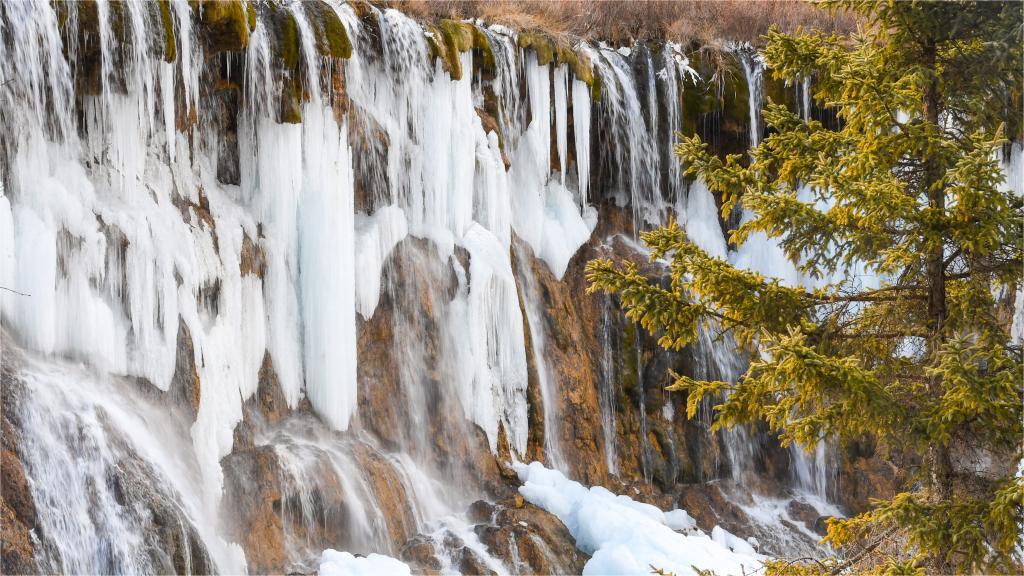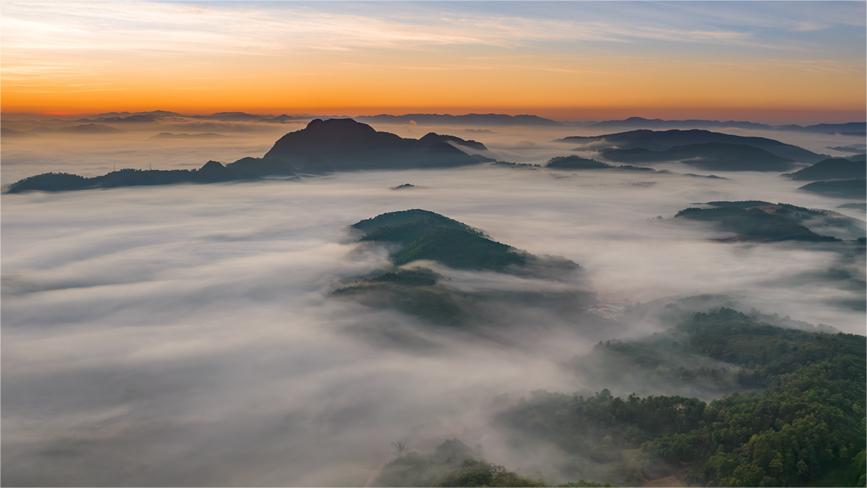Across China: Stagnant lake undergoes ecological revival in arid northwest
YINCHUAN, Jan. 6 (Xinhua) -- At first glance, Xinghai Lake seems an unlikely sight in the arid northwest of China, boasting vast areas of water, beaches, swamps and meadows, and inhabited by a large variety of wild birds.
The man-made lake, situated in the city of Shizuishan, northwest China's Ningxia Hui Autonomous Region, is thriving these days thanks to an ecological overhaul since 2020 that has transformed it from a stagnant lake into a diverse wetland system teeming with life.
Located in the upper reaches of the Yellow River, the second-largest river in China, Xinghai Lake once relied on diverted Yellow River water, swallowing 20 million cubic meters each year. Today, this source of replenishment has been replaced with reclaimed water, putting an end to the lake's depletion of the river.
Xinghai Lake was originally a flood reservoir. Starting in the 1950s, the water surface area began to shrink and garbage piled up.
From 2003 to 2019, the local government tried to restore the lake's ecosystem, but to no avail. The water mobility was poor, and its self-purifying functions were insufficient.
In 2020, a new ecological overhaul project was launched, including the objective of severing the lake's reliance on the Yellow River, making it fully reliant on purified waste water. The area of the lake was reduced by 50 percent, and a wetland ecosystem encompassing grasslands, swaps and mudflats has been constructed at the site.
"The function, quality, carrying capacity and stability of the wetland ecosystem have been enhanced, and the flood control, storage and self-purification functions have been greatly improved," said Ma Zhongping, director of the Xinghai Lake ecological management center.
The most essential step in the overhaul project was the construction of water sources for Xinghai Lake, including a municipal sewage treatment plant. The reclaimed water, after being treated, is now pumped and channeled to different areas of the wetland.
However, reclaimed water has a higher nitrogen and phosphorus content, and aquatic plants are needed to absorb and reduce these chemicals to improve the quality of wetland water, according to Li Yanmin, a staff member with the Shizuishan municipal water affairs bureau.
Weeds have been planted to serve this purpose at Xinghai Lake.
In addition, during the overhaul project, Shizuishan added a total of 2,300 mu (about 153 hectares) of new vegetation, planting 46,000 trees and shrubs, 500,000 square meters of aquatic plants, and 645,000 square meters of ground-cover plants.
In a recent national survey of wetland resources, the number of observable bird species at Xinghai Lake increased from 55 to more than 80 species, while the population of migratory birds increased from less than 20,000 to more than 50,000.
"We have built three bird monitoring platforms and nearly a hundred bird protection public-education billboards to enhance citizens' awareness of bird protection and wetland protection," Ma said.
"I often bring my child here to feed the red-billed gulls," said Li Liang, a resident living in the vicinity of the lake. "It used to be a vast lake, but the water quality was poor and the scenery dull. Now it's a truly diversified ecosystem with clear water."
Photos
Related Stories
- China sees improved ecological competitiveness
- China drives way forward in constructing ecological civilization
- Xi stresses efforts to build ecological civilization
- China to specify Yangtze River ecological protection red lines this year
- Ecological barrier under construction to prevent desertification in NW China
- Eco Forum Global Annual Conference to be held in SW China
- China releases full text of reform plan for ecological progress
- Interview: China can make big decisions, do big things -- U.S. scholar
- China's polluted Hebei sets ecological restoration goals
- Ecological populism dooms Taipower
Copyright © 2024 People's Daily Online. All Rights Reserved.









